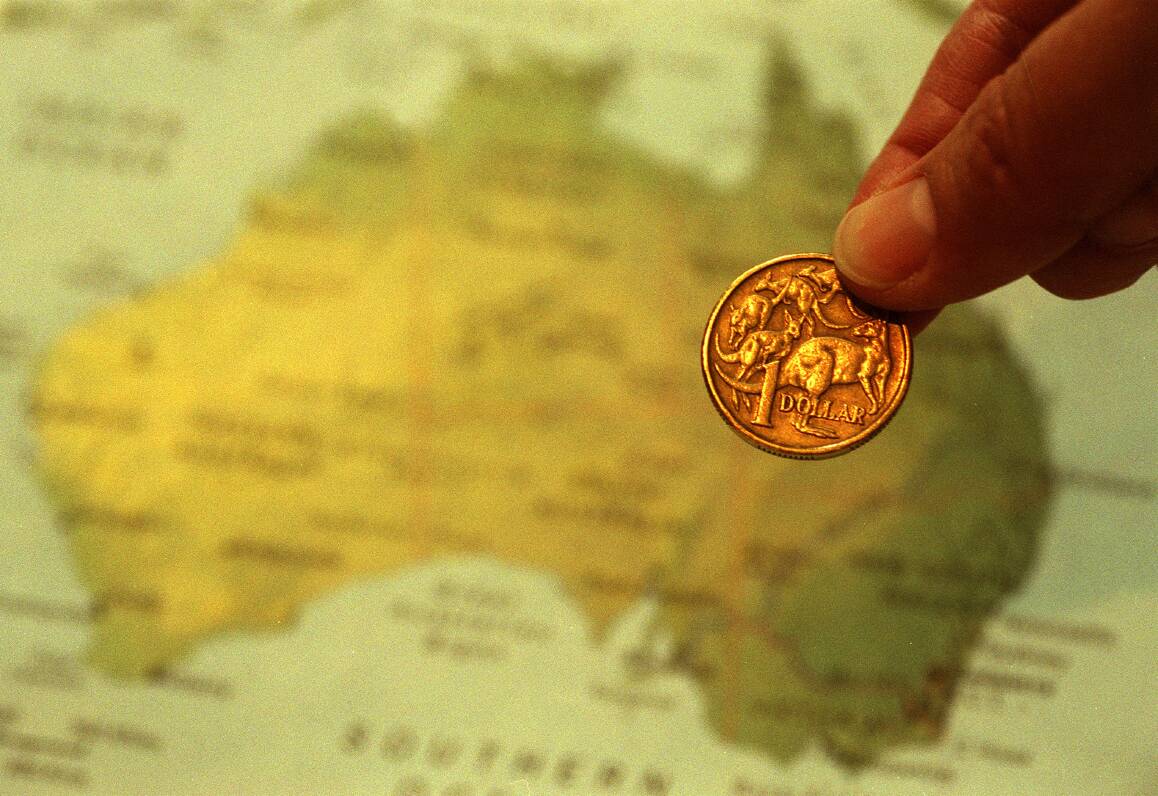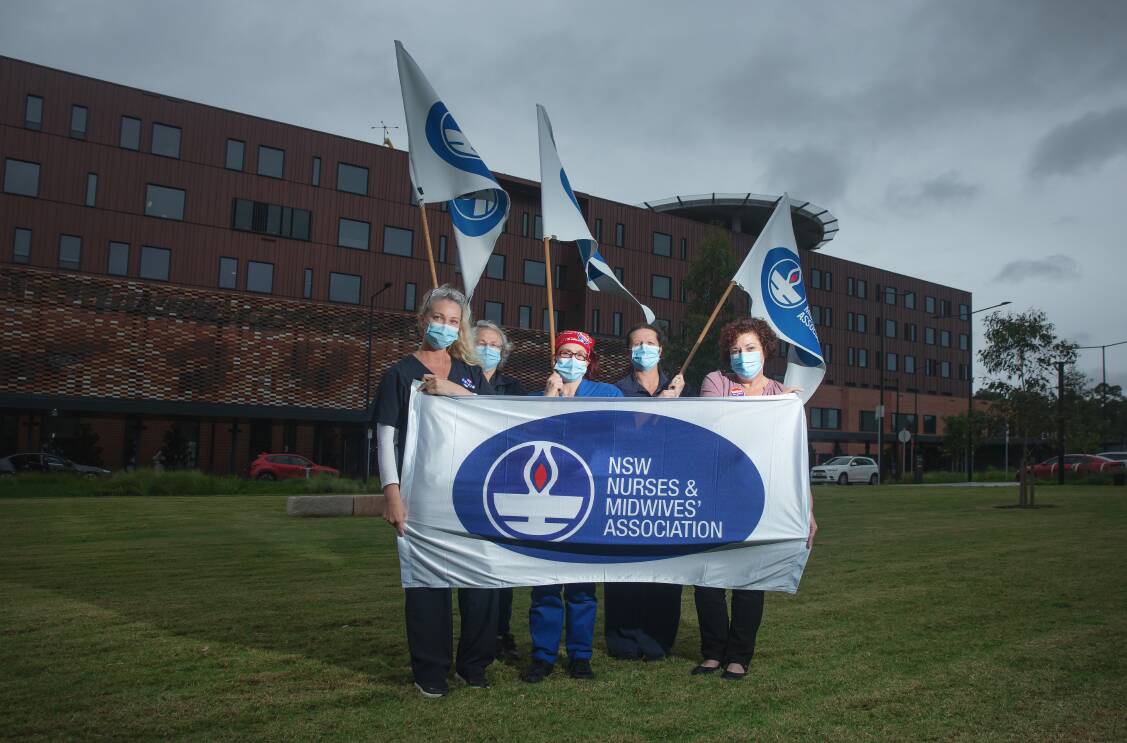
THE COVID pandemic's international supply chain shocks appear to have triggered the rapid onset of inflation, after years of ultra-low interest rates that began, originally, as a short-term "emergency" response to the Global Financial Crisis of 2007-08.
The parallel in most economists' minds is the early 1970s, when prices rose rapidly after various stimuli; the end of currencies tied to the "gold standard", and Middle East oil price shocks, principal among them.
We have major currency upheavals this time around, too.
The push towards a cashless society, cryptocurrencies, and the related concept of "central bank digital currencies" to replace, or augment, the US dollar as the world's reserve currency.
With the exception of cryptocurrency trading by "mum and dad" investors, such issues might seem out of our reach.
But they are some of the "big picture" changes of our time.
They should not be ignored in the debate as workers, backed by Labor, call for wage rises as their buyer buying power is eroded, and employers, together with the Coalition, warn against anything but the absolute minimum in pay increases.
Throughout the acute phase of the pandemic, governments heaped the praise on "frontline" health staff for their selfless sacrifices.
Now, as those same nurses ask for a pay increase, the NSW government is effectively turning its back on them.
Such an attitude may not surprise from a Coalition government.
Premier Dominic Perrottet had a similar message for striking teachers, calling their actions "disappointing" after two years of COVID disruption, as if the fault was theirs.
But in the same week last month that Mr Perrottet was rebuffing the NSW Teachers Federation, he was forced - by some forensic digging by the Labor opposition in state Budget estimates - to acknowledge substantial pay increases to all but one of his government's 62 MPs, through the use of parliamentary promotions.
And now, federally, Prime Minister Scott Morrison is howling down opposition leader Anthony Albanese for daring to support a general wage rise aimed at matching an inflation rate of 5.1 per cent.
The danger is always a wages and prices spiral, but the alternative would be prices to rise, and nothing to help the bulk of the nation keep up.
ISSUE: 39,869








